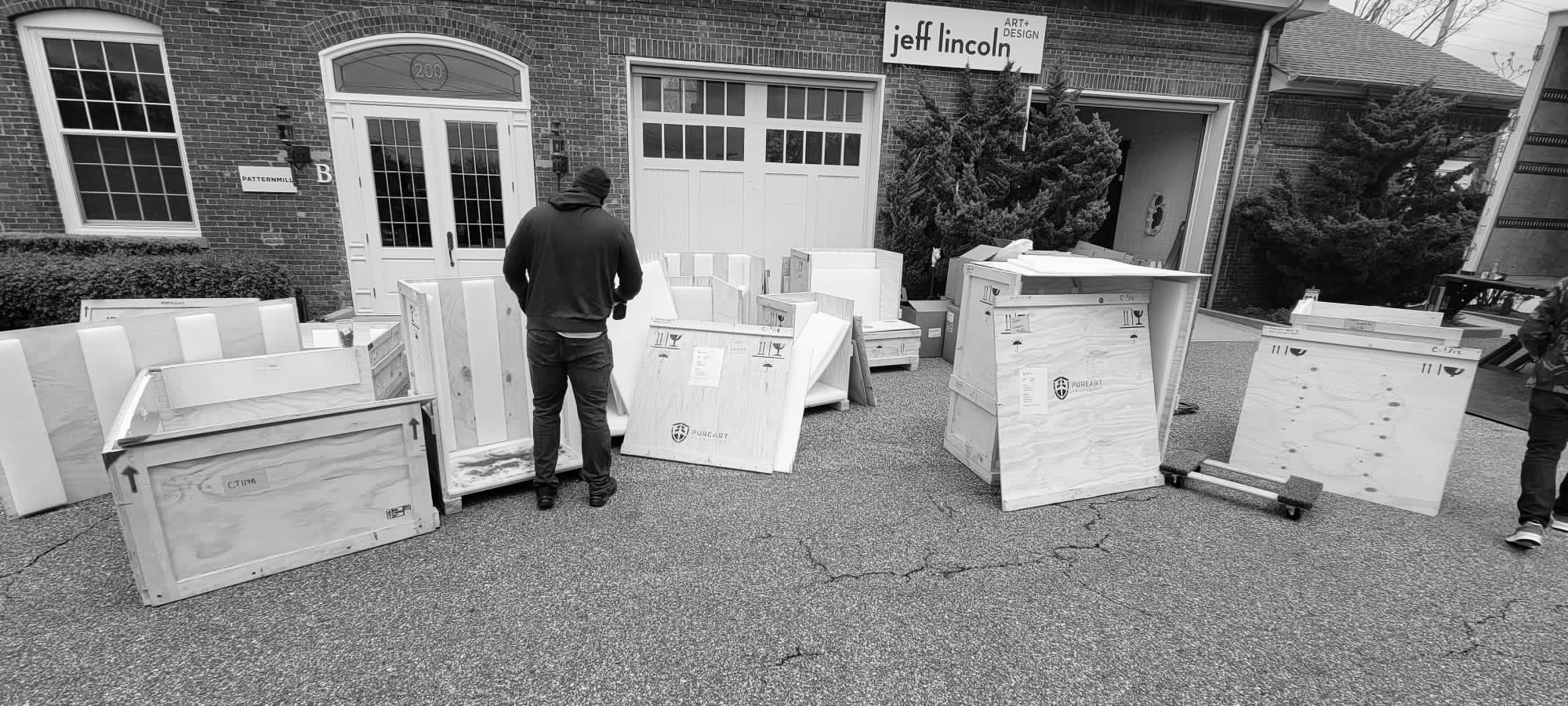The Not-so-Glamorous Side of art fairs
Globalization has led to an explosive growth of art fairs making it difficult for enthusiasts to decide which ones to attend. To keep abreast of the ever-changing art world calendar for these spectacle-like shows, publications such as Artforum and The Art Newspaper publish comprehensive guides to help navigate the growing interest in the art market around the world.
Your partner for fine art services. Request a quote now.
ContactArt fairs are essentially trade shows whereby dealers or galleries bring a selection of works to present to the public in hopes they will sell and garner attention from collectors, museum curators and the media. Prominent players include Art Basel, Frieze, TEFAF and the Armory Show as the most well-known and prestigious galleries present their wares at these mammoth-sized fairs which usually require several hours or days to view in their entirety. With the rising interest in the contemporary art market in recent years, a tremendous growth in smaller, local and regional fairs has occurred around the world. In New York City for example, these ‘other’ fairs include Spring/Break Art Show, Volta, Scope and Affordable Art Fair.
ART FAIRS are associated with money, prestige and glamour.
As with any industry trade show, art fairs, whether big or small, allow all of the players—artists, gallerists, collectors, curators, critics and art lovers—to converge under one roof to examine objects that they might not have access to otherwise.

Art fairs are not just for viewing or purchasing art but also serve as a venue for socializing and people-watching. They are associated with money, prestige and glamour. Social media feeds highlight the buzzing cocktail parties, exclusive satellite events, celebrity sightings, prized works and strategically constructed exhibition spaces that woo visitors year after year. The value and inclusivity of fairs has always been a topic of debate though as they have been criticized for marginalizing smaller galleries that cannot afford to pay the high costs of exhibition booths or simply do not have the prestige or size to be accepted by committees of the larger fairs. Hence, the rise of smaller fairs has democratized the playing field for lesser known artists and galleries. Just as public interest grows in art, the number of fairs continues to increase, which means that more and more objects are being handled and transported around the world.
Just as public interest grows in art, the number of fairs continues to increase.
Irrespective of the size and stature of the fair, artworks—ranging from hundreds or thousands of dollars into the millions—must be carefully transported making it a critical but mostly invisible step in the fair’s process. By the time, an art fair opens to the public for viewing, everything is already perfectly in place.

In an industry of (literally) many moving parts, gallerists are tasked with making one of the most important decisions —selecting the right carrier to transport their treasured works to the venue of the fair. They must consider the terms and conditions that are involved, as well as the costs which are determined by several factors such the distance between the origin and destination, services included such as packing and unpacking, insurance, tariffs and the size and weight of the packages that are being shipped. In assessing and determining the right carrier, they usually begin by providing a potential fine art transportation company with the following information:
- postal/zip code of origin
- postal/zip code of destination
- size/dimensions of shipment (height, width, depth)
- weight of package(s)
- how fragile the shipment is
- whether services such as packing and unpacking are required
- whether storage of artworks will be required at any point
Essentially, art dealers want to ensure that the shipping company has a good reputation for handling fine art and objects in a safe and secure manner that provides them with a sense of peace while their valuable objects are in transit. A huge worry is always what happens if an artwork becomes damaged or delayed during the shipping process.
A reputable company will ensure that the daunting amount of paperwork required for international shipping is all in order such that artworks do not become stuck in customs and lose valuable face time (which translates to loss of money for the dealer) at the designated art fair. So, the next time you’re visiting a mega fair filled with art market darlings or a cool, independent fair showcasing rising stars, think about the journey those works took to get there.
To learn more about how EMS handles and transports objects with care, read more here.
